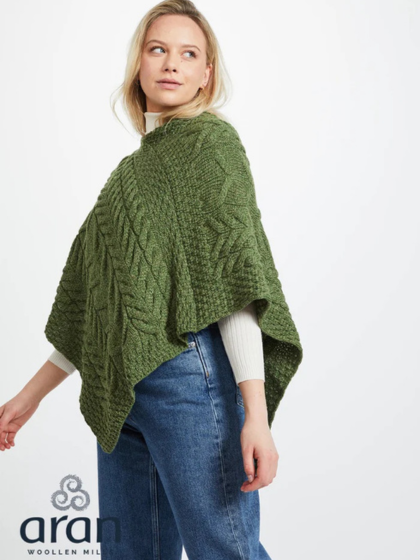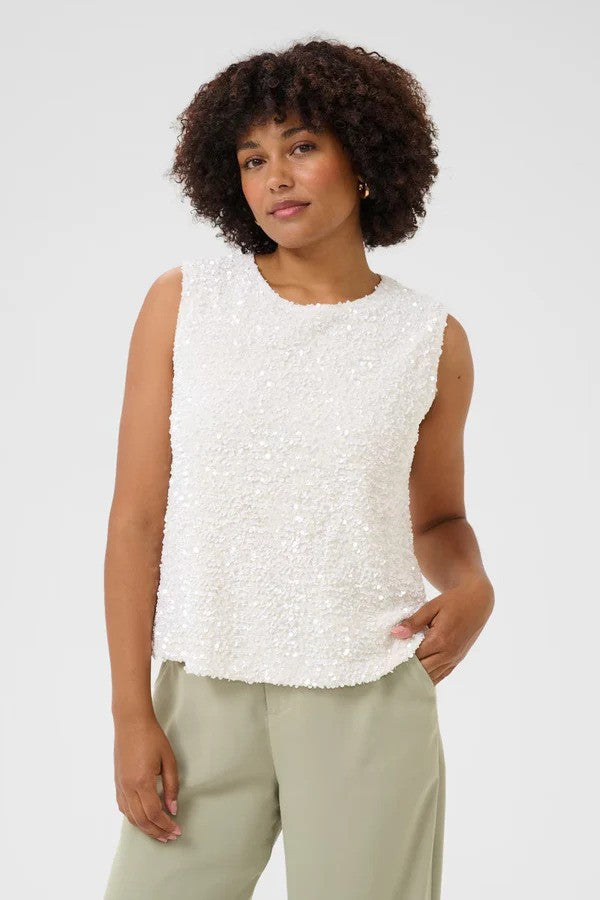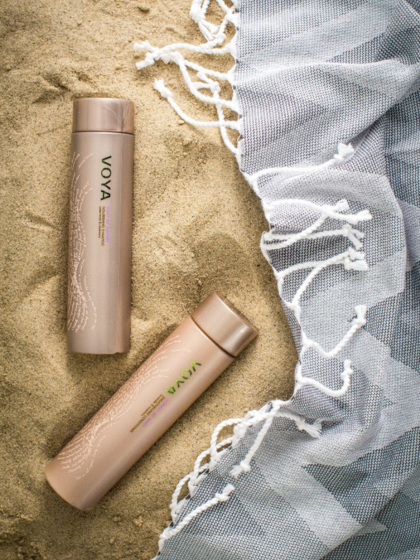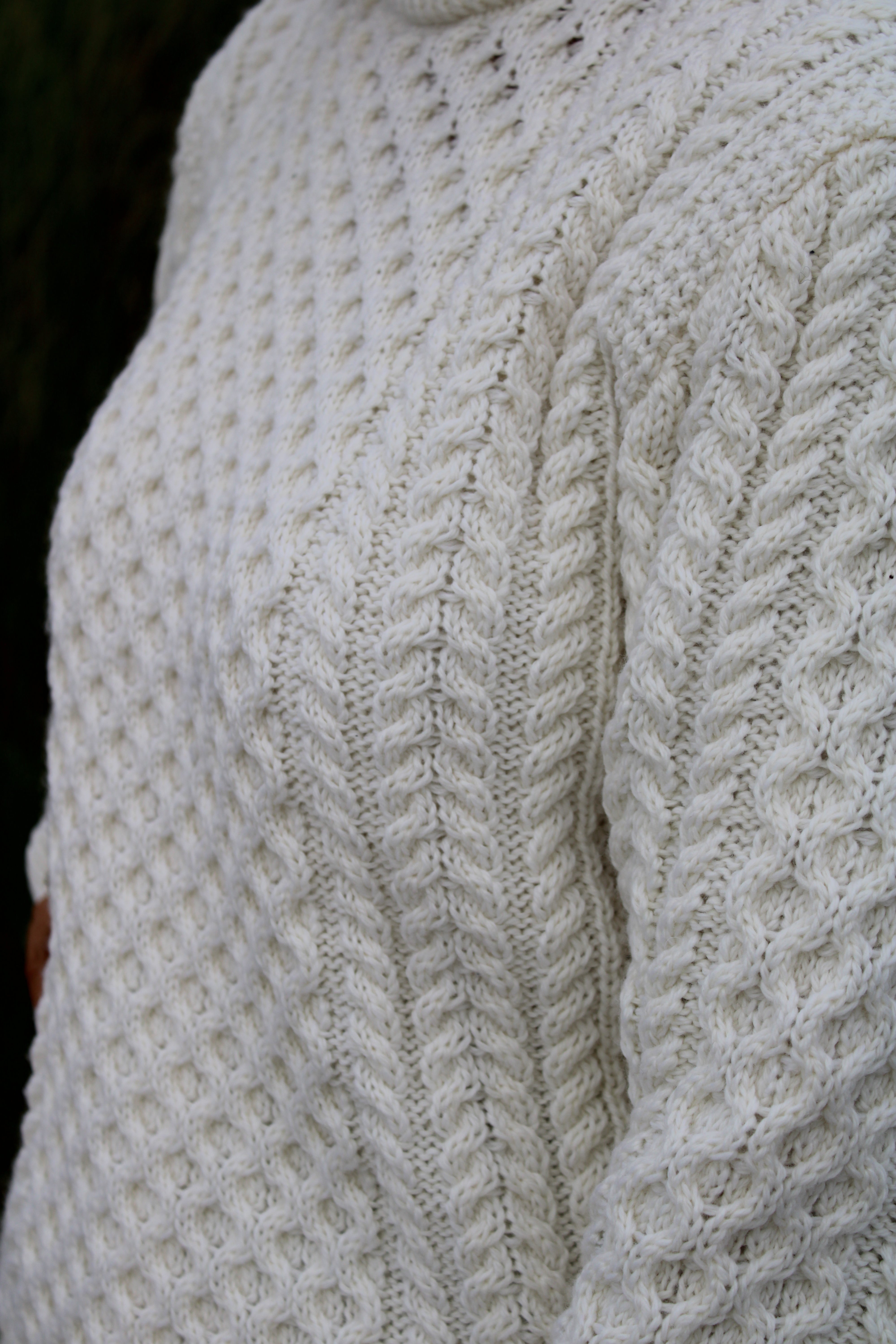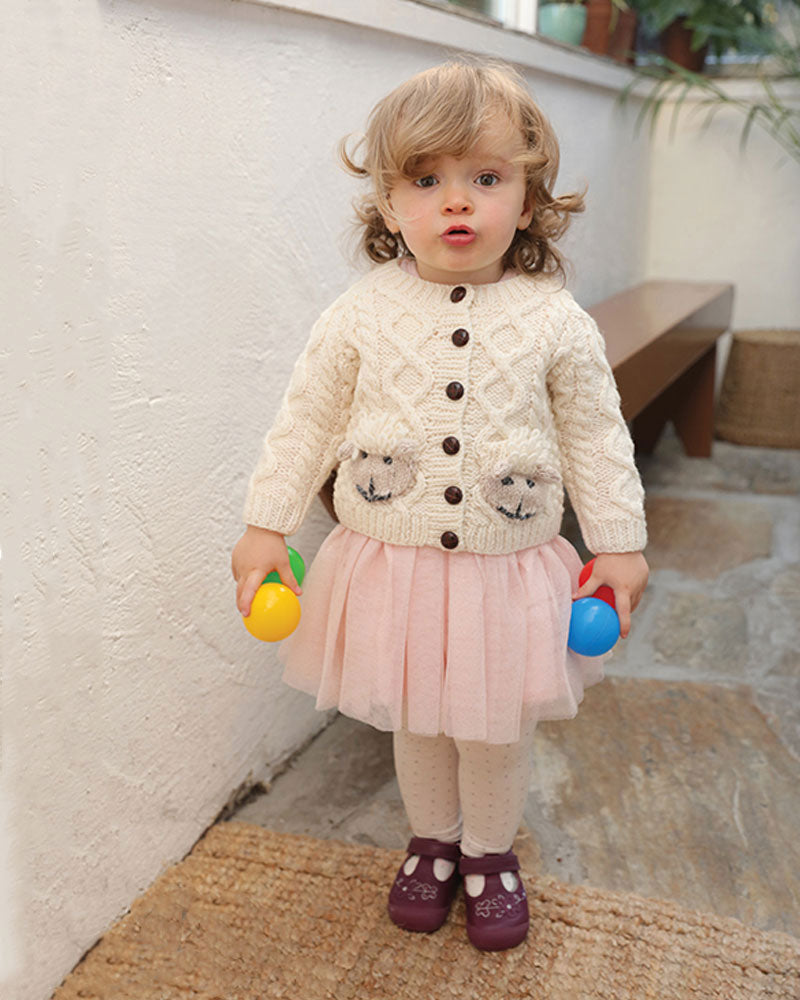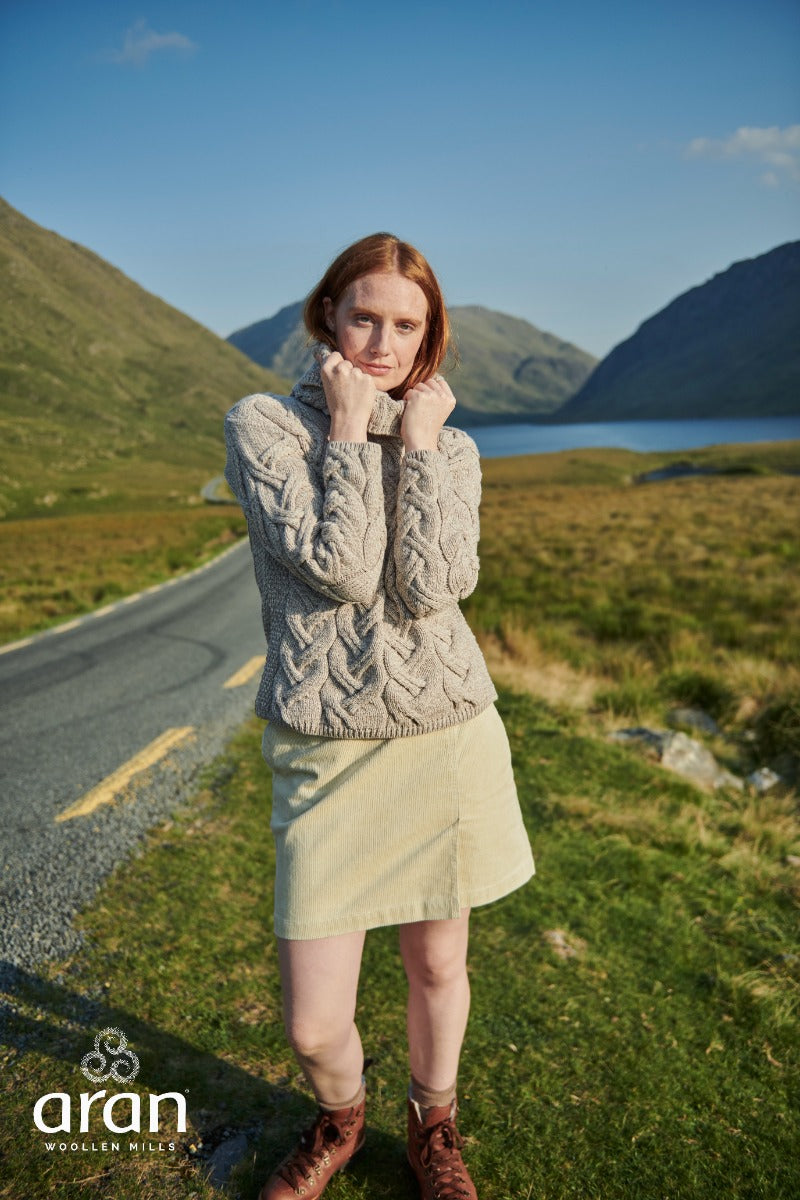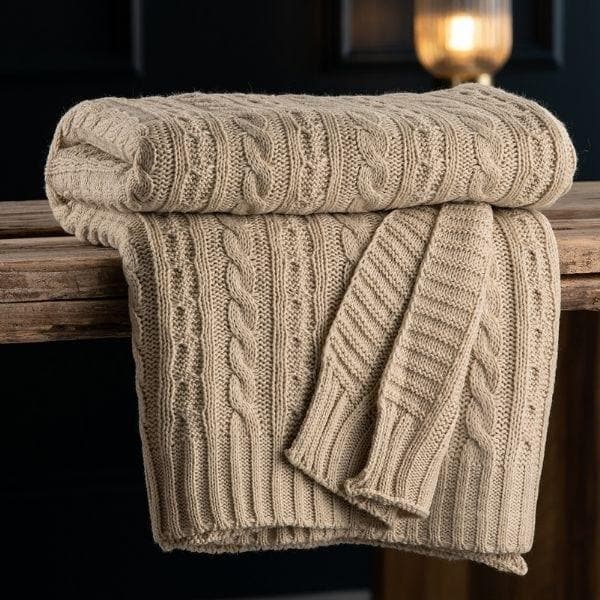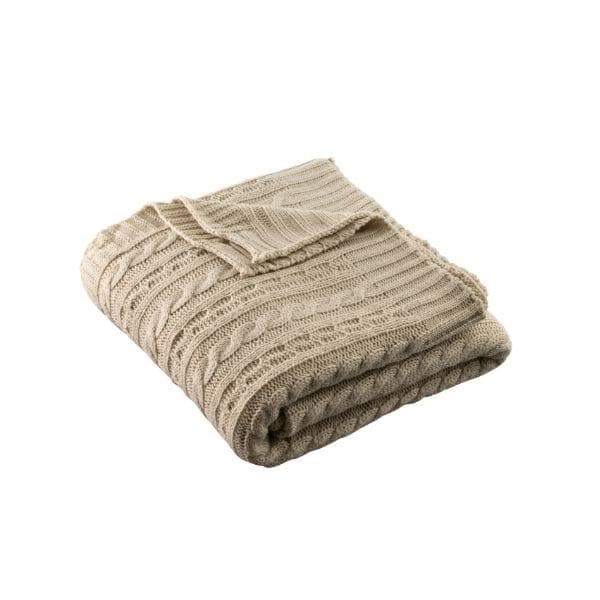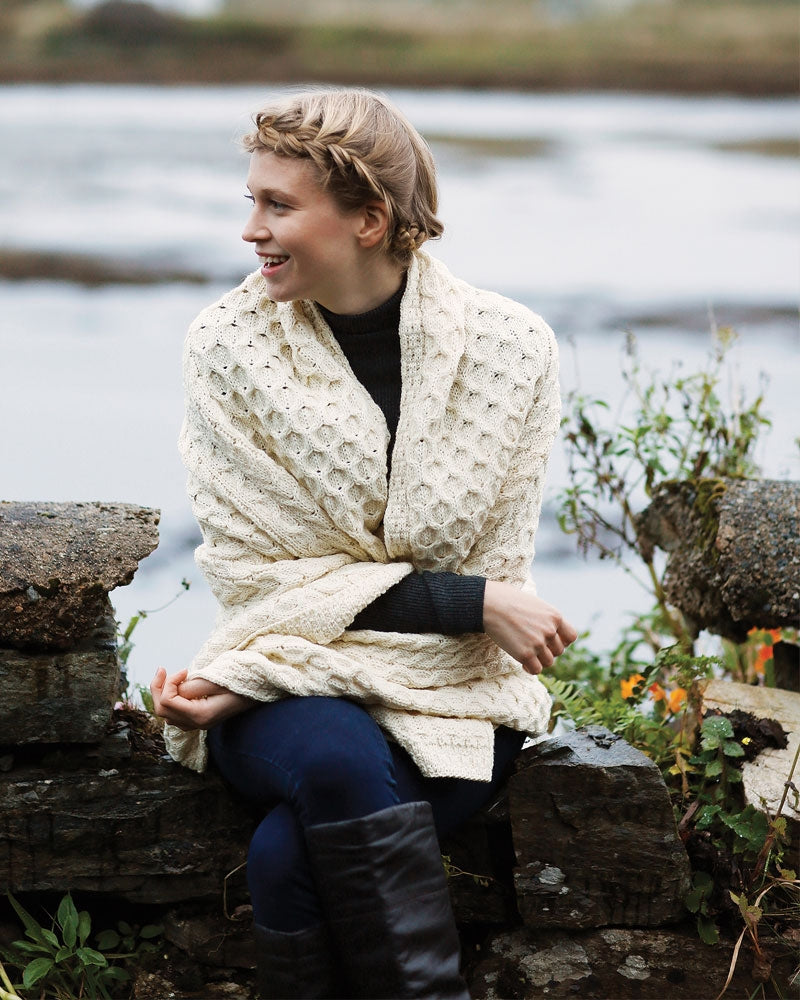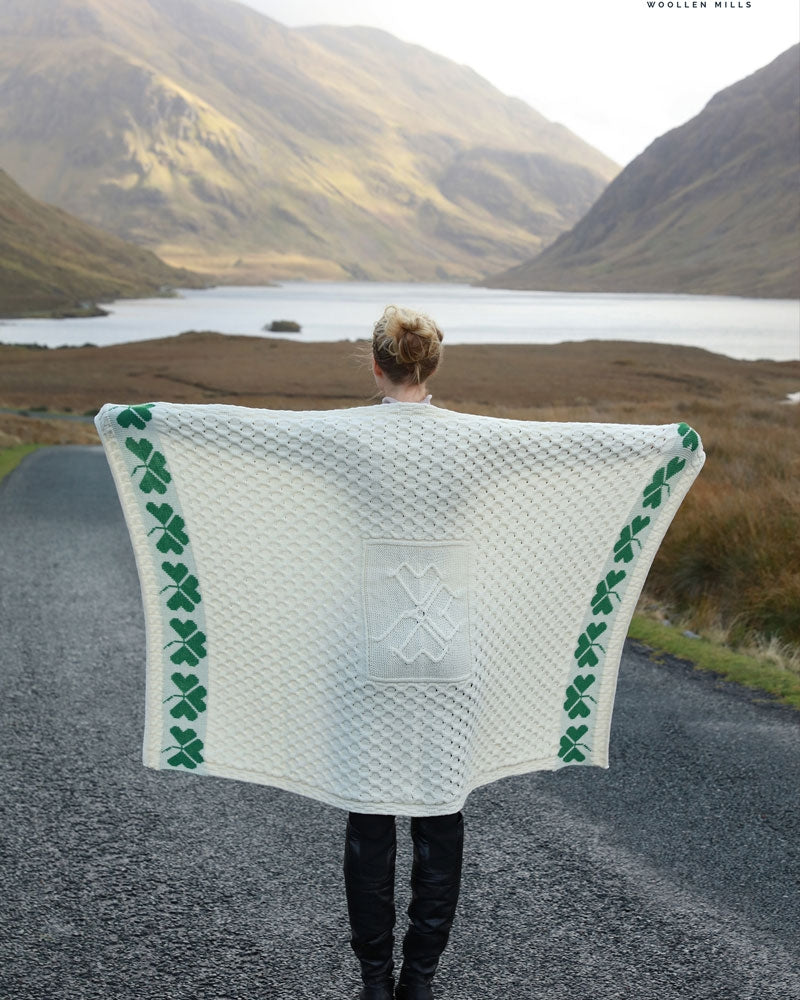
THE HISTORY OF
THE ARAN SWEATER
The Aran Sweater dates back many generations and takes its name from the set of islands on the most westernly point of Ireland, off the coast of Galway - The Aran Islands.
From west to east, the islands are: Inishmore (Inis Mór), the largest, Inishmaan (Inis Meáin), the second largest, and Inisheer (Inis Oírr), the smallest.
These stunning islands have been named by National Geographic as one of the world’s top Island destinations.
The Aran Islands are exposed to the harsh weather conditions of Connemara and are at the mercy of the relentless Atlantic ocean. Traditionally, when Aran Sweaters originated, the Islanders were fishermen and farmers whose lives and livelihoods were deeply tangled. The Aran Sweater was born of this setting, proudly passed down from generation to generation.
Nowadays, the Aran Sweater has evolved into a national icon and is part of Irish heritage, but also has become a fashionable item of clothing worn across the world.
Their most recent claim to fame stems from their strong feature in the critically acclaimed 2022 film, The Banshees of Inisherin, that has truly put the Aran Islands and Aran Knitwear on the map!
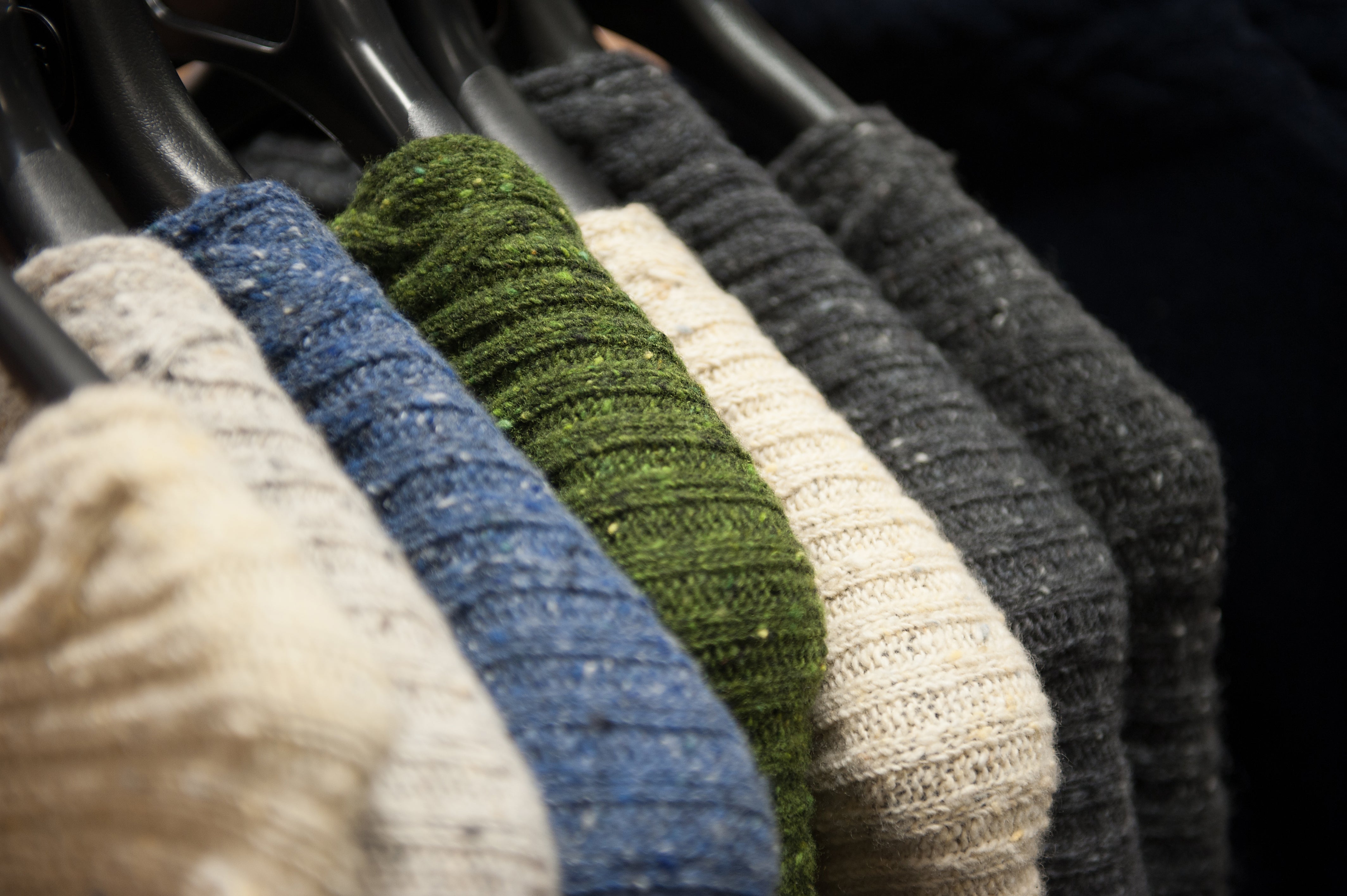
THE STORIES OF
THE STITCHES AND PATTERNS
Farming and fishing were the most important activities at the time and the people of the Islands depended on these activities for their livelihood. On the Aran Islands, many of the men were fishermen and to combat the cold and tough weather conditions, the women of the Islands handknit Aran Sweaters, hence the name Fishermen’s Sweaters, that is still synonymous today.
From its origins, the Aran Sweater has been deeply linked to Island families and their identities and were a reflection of the lives of the knitters, and their families. The patterns and their numerous combinations of stitches that can be seen on the Aran Sweaters aren't by accident. These patterns or stitches represent aspects of the people’s lives in Connemara and the Aran Islands at that time. On the islands, sweater patterns were strongly protected, kept within the same clan and passed as a legacy through the generations.
Common stitches such as the "Cable" takes its inspiration from the fisherman's rope, the "Diamond" takes its inspiration from fishing nets and represents wealth and success. A number of stitches also take their inspiration from religion such as the “Trinity” stitch and the “Ladder of Life” stitch, representing the stages of life and symbolising a pilgrim’s path to salvation.
Sadly, these Aran Sweater patterns were often used to help identify bodies of fishermen washed up on the shore following an accident at sea. An official register of these historic patterns has been compiled, and can be seen in the Aran Sweater Market on the Aran Islands.

THE PERFECT GARMENT FOR
HARSH ISLAND WEATHER
The Aran Sweater was the most appropriate garment for the Islanders and the fishermen and farmers to wear at the time. Sheep’s wool contains an oil called "Lanolin" and this meant the sweaters were water repellent and resistant - great for the harsh weather conditions the Islanders faced.
Up to a few years ago, Aran Sweaters containing lanolin were still available to buy at Standún. However, the sweaters were very heavy with oil and had a strong odour and therefore there was no longer a market for this traditional sweater. Nowadays the oil is extracted from the yarn before knitting the sweater.
Even without the natural oil, the Aran Sweater is still water repellent and rain resistant therefore keeping the wearer dry. It can absorb 30% of its weight in water before the wearer feels wet. The natural wool fibre makes the sweaters both warm and breathable.

A UNIQUE GARMENT AND
A LABOUR OF LOVE
An Aran Sweater that has been handknitted is an age-old Irish tradition. It is a truly special and unique garment. It takes between 3-6 weeks to complete it and contains approximately 100,000 intricate stitches.
The quality of a handknit sweater is superb and because of the tight stitches used, the patterns and stitches can be seen more clearly. The weight of a handknit sweater is also very different to a machine knit sweater.
Handknit Aran Sweaters generally cost over €100 each, due to the expert craft and time involved in making them, but they’re a unique and timeless item of clothing.

HANDKNIT VS MACHINE KNIT
Machines are now being used more and more to make Aran Sweaters and although it is sad that the craft is no longer as popular as it was, the introduction of sophisticated machines has allowed us to have a much wider variety of Aran Sweaters, Cardigans and Accessories.
The traditional Aran Sweater or Cardigan worn was either a plain crew neck jumper or a lumber - a cardigan which buttoned from the neck and had two pockets and brown buttons.
For men, an Aran Cardigan had a deep v-neck and pockets with the same simple brown buttons.
Nowadays there is a huge variety of Aran Knitwear available in a wide variety of colours and styles. Approximately 8-10 machine-knit sweaters can now be made in one day which is a long way from the 3-6 weeks it used to take to knit one!
Here at Standún, we are proud that we have played such an important role in this age old Irish tradition.

